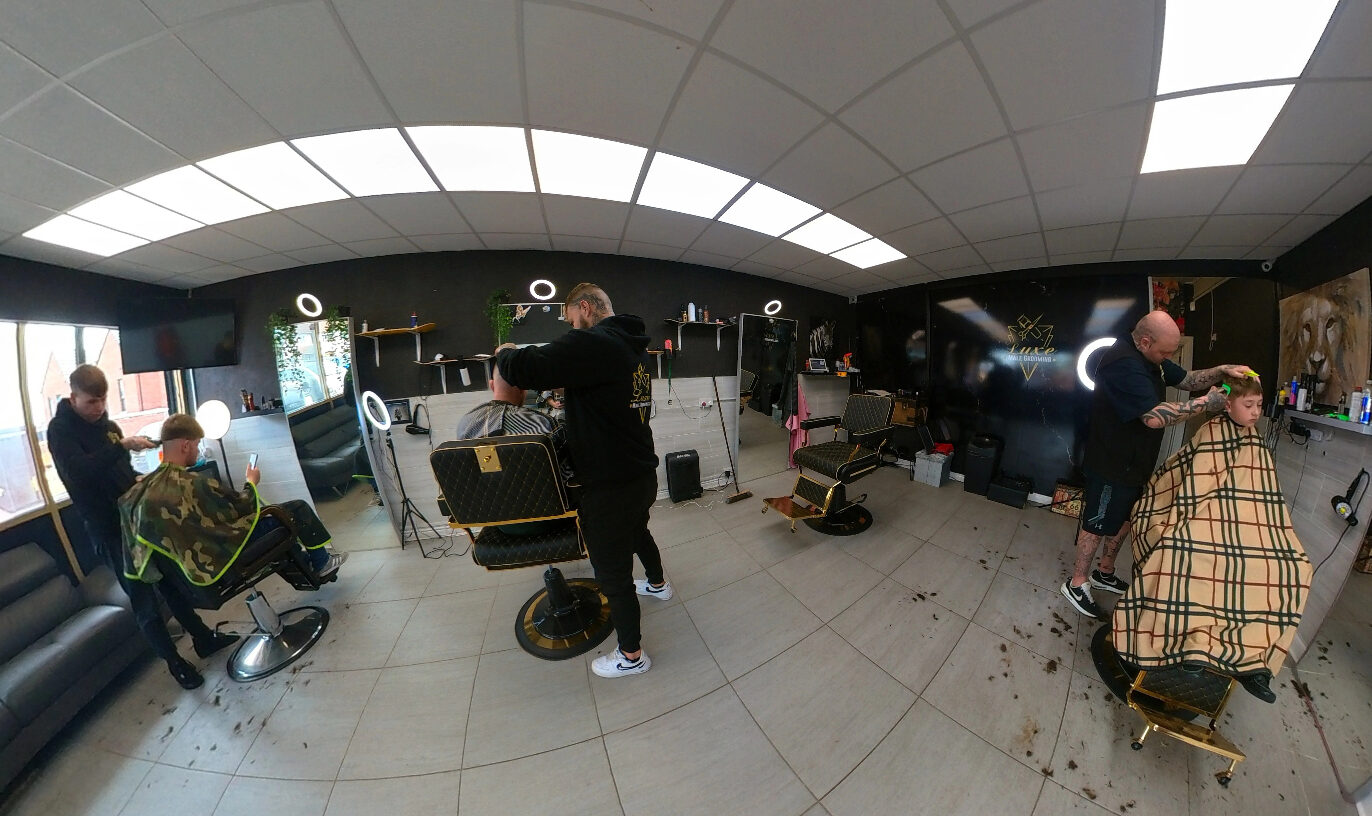
360 virtual tours have revolutionised the way we experience and interact with spaces, from properties to retail stores and more. These immersive tours captivate users’ attention in four key ways, enhancing transparency, engagement, trust, and ultimately driving decisive action.
Revolutionising Property Showcasing with Virtual Tours
With their immersive and interactive nature, virtual tours offer viewers a comprehensive 360-degree experience, bringing properties to life in a way that static images or traditional videos cannot match.
Imagine being able to explore every room, hallway, and outdoor space of a property at your own pace, without leaving the comfort of your own home. Virtual tours provide this convenience, allowing viewers to navigate through a property as if they were physically there.
Through virtual tours, viewers can take in the layout, visual aesthetics, and overall ambiance of a property, gaining a deeper understanding of its features and potential. They can virtually walk through rooms, zoom in on details, and even interact with elements such as clickable hotspots that provide additional information or showcase specific highlights.
By combining high-quality photography and advanced technology, virtual tours create a truly immersive experience. Viewers can explore rooms from multiple angles, pan their view to take in the surroundings, and even switch between day and night mode to see how a property looks at different times.
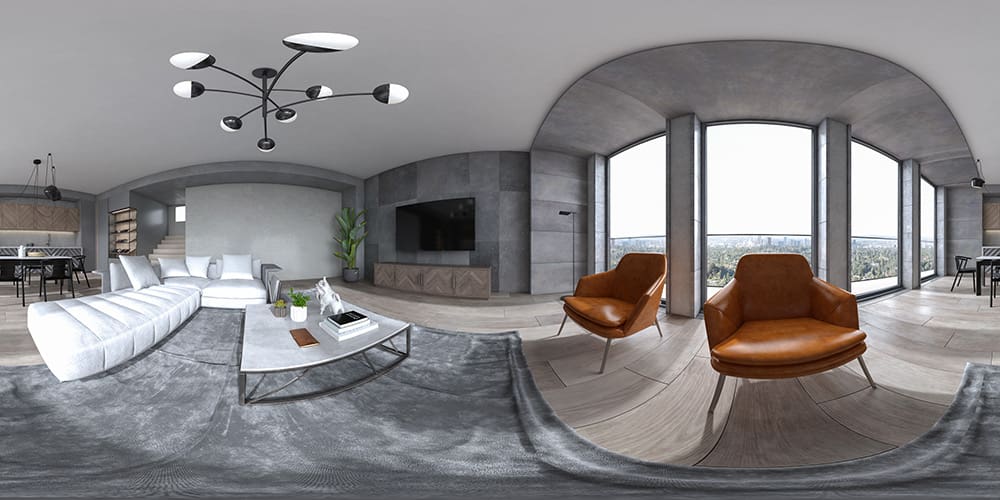
Property showcasing has been transformed by virtual tours, offering a dynamic and engaging way for potential buyers or renters to interact with properties. The ability to virtually step inside a property and explore it thoroughly empowers viewers to make more informed decisions, saving time and effort in the property search process.
Transparency is vital when it comes to making informed decisions about a property. By providing an interactive walkthrough, viewers gain an accurate sense of the property’s layout, details, and overall condition. They can virtually step into each room, examine fixtures and finishes, and assess the overall ambiance. This level of transparency helps alleviate concerns and instills confidence in viewers, enabling them to make more informed decisions.
360-Degree Navigation
With interactive walkthroughs, viewers can navigate through every aspect of the property seamlessly. By using simple controls and intuitive user interfaces, they can move freely, zoom in on details, and pivot in any direction. This feature allows viewers to interactively explore all areas of the property, ensuring nothing is hidden or left to the imagination. Whether it’s inspecting the kitchen countertops or scrutinising the bathroom fittings, interactive walkthroughs offer a comprehensive experience that leaves no stone unturned.
Interactive Annotations
Another aspect of interactive walkthroughs that enhances a virtual tour is annotations. Viewers can use interactive annotations which have been placed strategically to provide additional information about specific features, pointing out noteworthy aspects of the property and answering potential questions viewers may have.
Realistic Virtual Reality Experience
For an even more immersive and transparent experience, virtual reality (VR) tours take interactive walkthroughs to the next level. Viewers can use VR headsets to explore the property in a truly realistic and three-dimensional environment. This immersive experience further enhances transparency by creating a true-to-life representation of the property, enabling viewers to assess its scale, proportions, and spatial relationships accurately.
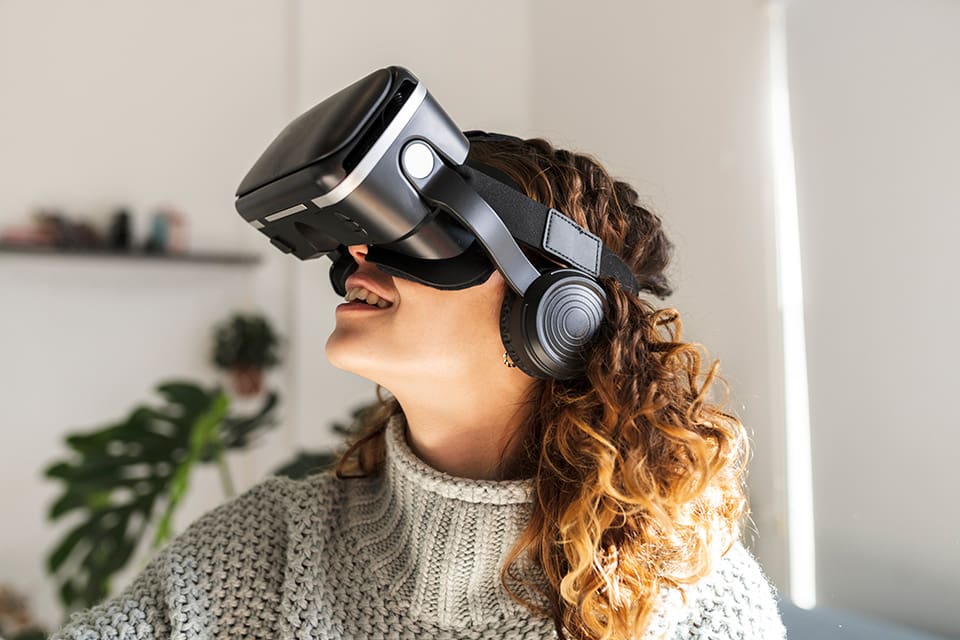
Overall, interactive walkthroughs play a pivotal role in enhancing transparency within virtual tours. By allowing viewers to navigate every part of the property, engage with interactive elements, and experience it in virtual reality, these walkthroughs provide a level of transparency that builds trust and bolsters decision-making. The power of interactive walkthroughs in virtual tours lies in their ability to empower viewers, leaving no room for doubt and ensuring transparency throughout the property exploration process.
| Interactive Walkthrough Features | Benefits |
|---|---|
| 360-Degree Navigation | Provides a comprehensive view of the property from every angle |
| Annotations | Draws viewers to key features for better decision-making |
| Realistic Virtual Reality Experience | Creates an immersive and authentic representation of the property |
Engaging Viewers through Immersive Tours
Virtual tours have revolutionised the way we experience and engage with spaces. With their captivating and immersive nature, these tours transport viewers into a world of exploration and discovery. Through the integration of interactive elements, such as embedded videos, audio narration, and hotspots, virtual tours offer an engaging and interactive journey for each viewer.
Immersive tours take engagement to the next level by providing a fully immersive and sensory experience. By incorporating high-quality visuals, realistic textures, and spatial sound, viewers are transported beyond their physical location and into a virtual space that feels remarkably real.

During an immersive tour, viewers have the freedom to navigate through a space at their own pace, exploring each area in detail. Whether it’s a virtual property walkthrough, a museum exhibit, or a tourist attraction, immersive tours keep viewers engaged throughout the entire experience.
By offering a dynamic and interactive experience, immersive tours cater to the diverse preferences and interests of viewers. Some may choose to focus on specific details, while others may opt for a more comprehensive exploration. Regardless of their approach, the immersive nature of these tours ensures an engaging and enjoyable experience for all.
Embedded videos are one of the key features that enhance viewer engagement within immersive tours. By strategically placing videos within the tour, viewers can gain additional information, hear from experts or guides, and gain a deeper understanding of the space they are exploring. This multi-sensory approach brings the tour to life and provides an enriched experience for viewers.
In addition to videos, audio narration is another powerful tool for engagement within immersive tours. By implementing informative and engaging narration, viewers can learn more about the history, significance, or unique features of the space they are exploring. Audio narration adds an extra layer of depth to the tour, enhancing the overall engagement and educational experience.
Hotspots are interactive elements that allow viewers to click on specific areas or objects within a virtual tour to gain more information or access additional content. These hotspots serve as entry points to immersive experiences within the tour, encouraging viewers to further engage and explore the space. By incorporating well-placed hotspots, virtual tours provide an interactive and interactive touchpoint that keeps viewers immersed and eager to discover more.
Immersive tours are an invaluable tool for businesses and organisations looking to engage their audience in a meaningful way. Whether it’s a real estate agent showcasing properties, a museum highlighting exhibits, or a travel agency promoting destinations, immersive tours captivate viewers and leave a lasting impression. The seamless integration of interactive elements ensures a dynamic and engaging experience that fosters a deeper connection with the viewer.
“The immersive tour of the Louvre Museum allowed me to explore the famous art collection from the comfort of my own home. The embedded videos and audio narration provided fascinating insights, making me feel like I was right there in the museum. It was an incredibly engaging experience that sparked my interest in art history. I can’t wait to visit the Louvre in person someday!”- Emma Thompson, Art Enthusiast
Immersive tours have transformed the way we engage with spaces, providing an unparalleled level of interactivity, realism, and immersion. By incorporating interactive elements such as embedded videos, audio narration, and hotspots, these tours keep viewers engaged throughout their exploration. Businesses and organisations across various industries can harness the power of immersive tours to captivate their audience and leave a lasting impression.
Expanding Applications Beyond Hospitality and Healthcare
Virtual tours have transcended their origins in hospitality and healthcare, finding new applications in a variety of industries. Retail spaces, for example, can leverage virtual tours to showcase their products and create immersive shopping experiences. By providing a virtual walkthrough of their stores, retailers can entice potential customers with a glimpse of their offerings, enticing them to visit in person or make an online purchase.
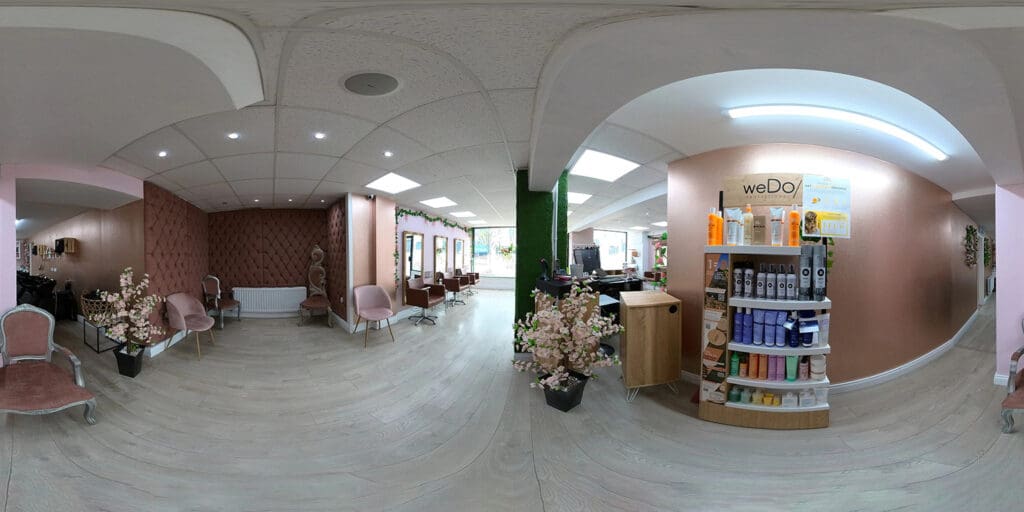
Similarly, virtual tours are a valuable tool for office tours, enabling businesses to give prospective clients or employees a glimpse into their work environments. Through virtual tours, companies can highlight their office facilities, layout, amenities, and even the overall atmosphere, fostering interest and trust among potential partners and new hires.
But these are just a couple of examples. The applications of virtual tours extend far beyond the realms of retail spaces and office tours. From educational institutions showcasing campuses to museums displaying exhibits, virtual tours offer a powerful means of capturing attention and engaging audiences. Industries such as real estate, event planning, travel, and even automotive have also started exploring the potential of virtual tours to enhance their customer experiences.
By embracing virtual tours, businesses can unlock a new level of interaction, be it for sales, marketing, or simply providing a unique way for customers to explore their products, services, or spaces. It’s an opportunity to stand out in a crowded market, capture the imagination of potential customers, and inspire action.
So, whether you’re in the retail industry, managing office spaces, or operating in a range of sectors, considering the possibilities and benefits of virtual tours for your own industry is essential in today’s digital landscape.
Embracing 360-Degree Experiences in the Online World
The digital landscape has witnessed a significant shift towards immersive and interactive experiences. As more people seek convenience and accessibility, online tours have emerged as a popular way to explore spaces remotely. One such innovation in the world of online tours is the advent of 360-degree experiences.
360-degree experiences offer viewers a unique opportunity to virtually step into various environments and navigate through them with freedom. These experiences provide a highly realistic and engaging way to explore spaces, surpassing traditional 2D images or videos. Whether it’s a breathtaking location, an exquisite property, or a captivating exhibition, 360-degree experiences bring it all to life.
Online tours equipped with 360-degree technology offer viewers an immersive and interactive journey. With just a few clicks, users can maneuver through rooms, zoom in on details, and even look up and down to capture the complete essence of a place. Gone are the days of flat and limited perspectives; now, viewers can enjoy a truly comprehensive view of their chosen subject.
360-degree experiences have revolutionized the way people engage with online content. They have opened up new realms of possibility, inspiring creativity and expanding horizons.
With 360-degree experiences, users can satisfy their curiosity by virtually exploring locations that were previously beyond their reach. They can embark on virtual tours of famous landmarks, captivating museums, stunning landscapes, upscale resorts, and even private properties. This level of accessibility is particularly valuable for those unable to visit a place physically due to distance, time constraints, or other limitations.

Moreover, 360-degree experiences offer tremendous benefits for businesses and industries as well. Hospitality businesses can provide virtual hotel tours, enabling guests to experience the amenities and ambiance before making bookings. Museums and art galleries can offer virtual exhibitions, attracting a global audience and increasing engagement.
The possibilities for 360-degree experiences in the online world are endless. They have become invaluable tools for marketers, educators, artists, and travel enthusiasts alike. As technology continues to evolve, we can expect even more immersive and exciting experiences to be developed, further blurring the boundaries between the physical and virtual realms.
Navigating the Possibilities of 360-Degree Experiences
As more businesses and individuals recognize the value of 360-degree experiences, it’s crucial to embrace this trend and leverage its potential. Whether you’re looking to promote your business, engage customers, or simply offer a captivating visual experience, incorporating virtual tours that encompass 360-degree experiences is a winning strategy.
To help you embrace the power of 360-degree experiences, here are a few key benefits:
- Enhanced engagement: 360-degree experiences captivate viewers and entice them to spend more time exploring. This increased engagement can lead to higher conversion rates and a more memorable brand experience.
- Improved accessibility: By offering virtual tours with 360-degree experiences, you can reach a wider audience, including those who may not have the means or ability to visit a location physically.
- Building trust: The transparency and authenticity of 360-degree experiences help build trust with viewers. By allowing them to virtually experience a space, you instill confidence and credibility in your brand or offerings.
As we continue to embrace the digital age, the demand for immersive and interactive experiences will only grow. By integrating 360-degree experiences within online tours, businesses and individuals can provide an engaging, accessible, and memorable journey for their audience.
| Benefits of Embracing 360-Degree Experiences | Examples |
|---|---|
| Increased engagement | A hotel offering virtual 360-degree tours of its rooms and facilities. Viewers can explore the rooms, amenities, and surroundings, creating a strong desire to book a stay. |
| Expanded reach | An art gallery providing virtual 360-degree tours of its exhibitions. Art enthusiasts from around the world can view and appreciate the artwork, even if they are unable to visit the physical gallery. |
| Improved decision-making | A real estate agency offering virtual 360-degree tours of properties. Potential buyers can thoroughly examine the layout, condition, and features of the properties, making informed decisions remotely. |
| Enhanced brand credibility | A travel agency showcasing virtual 360-degree tours of popular destinations. By offering a realistic and immersive experience, the agency builds trust and establishes itself as an expert in the travel industry. |
Overcoming Distance and Time Constraints with Virtual Tours
Virtual tours have revolutionised the way we explore properties and spaces, allowing individuals to overcome distance constraints and time constraints. With virtual tours, you can immerse yourself in a property or space without physically being there, saving valuable time and effort.
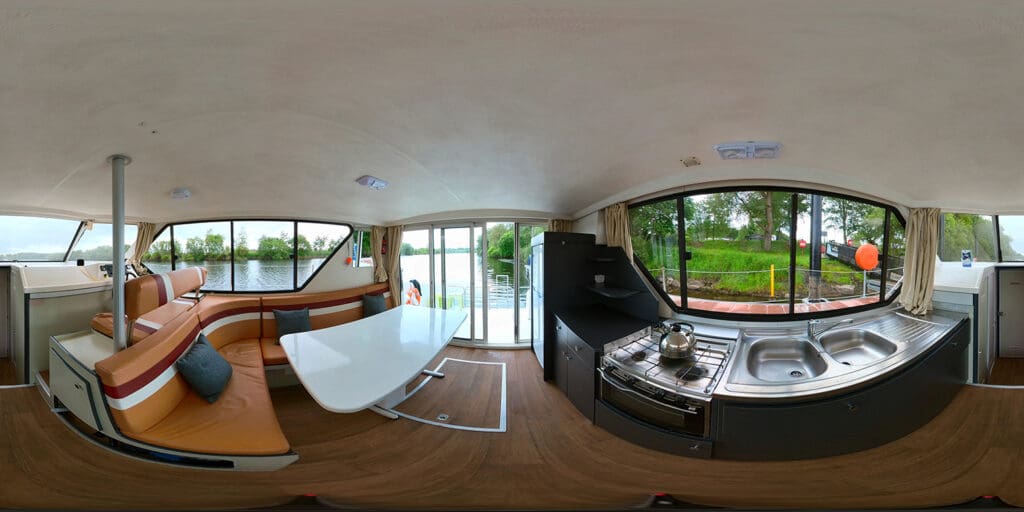
Whether you’re looking to buy a new home, book a vacation rental, or choose a venue for an event, virtual tours provide a convenient and efficient solution. No longer limited by geographic location or tight schedules, you can explore multiple properties or spaces from the comfort of your own home or office, at a time that suits you.
For those facing distance constraints, virtual tours offer a solution that bridges the gap between locations. Whether you’re a potential buyer living in a different city or a busy professional unable to visit properties during working hours, virtual tours provide a realistic and informative experience that removes geographical barriers. You can explore properties in different towns or countries, compare options side by side, and make informed decisions without the need for costly and time-consuming travel.
With time constraints also a common challenge, virtual tours offer a flexible and efficient alternative. You can access virtual tours at any time, day or night, allowing you to fit virtual exploration into your schedule without disruption. Whether you prefer to explore during your lunch break, in the evening after work, or even during weekends, virtual tours are available 24/7, providing a convenient solution for those squeezed for time.
Conclusion
In conclusion, virtual tours have revolutionised various industries by enhancing transparency, engagement, trust, and driving decisive action. These immersive experiences provide viewers with a comprehensive 360-degree exploration, allowing them to virtually walk through properties and spaces.
By embracing virtual tours, businesses can provide a transparent and authentic showcase of their offerings. The interactive nature of these tours keeps viewers engaged, with features like embedded videos and audio narration adding to the captivating experience.
Virtual tours also build trust by offering an authentic representation of properties through virtual reality experiences. The convenience of online tours overcomes limitations of distance and time, allowing individuals to explore spaces remotely.
To stay ahead in today’s online world, it is crucial for businesses to embrace virtual tours. By leveraging the power of this technology, they can enhance transparency, engagement, trust, and ultimately drive decisive action, turning viewers into customers.
If you’d like to discuss the creation of a virtual tour we’d love to hear from you, for more information visit our 360 virtual tours page or contact us and we’ll get back to you to arrange a chat about your requirements.
Key Takeaways:
- 360 virtual tours offer a transparent and comprehensive view of spaces.
- Interactive elements keep viewers engaged throughout the tour.
- Virtual reality tours build trust by providing an authentic experience.
- Virtual tours have applications beyond traditional industries, benefiting retail spaces and offices.
- Online tours overcome distance and time constraints, providing convenient accessibility.
